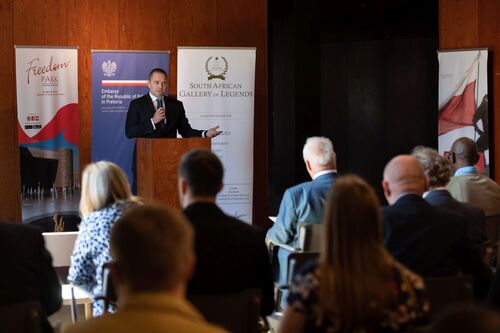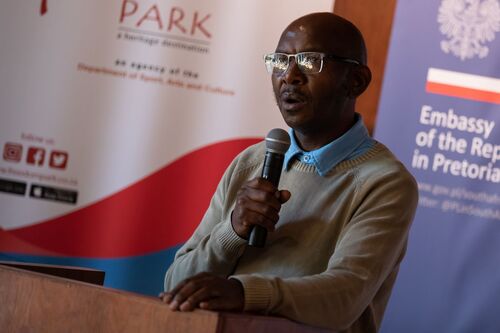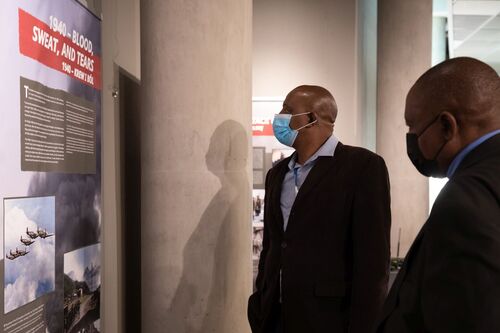UNDER THE AFRICAN SUN
In the nineteenth century, scientifi c and research expeditions as well as Catholic missionary activities led to a better understanding of Central Africa. Unexpectedly, as a result of
hostilities during the Second Worldd War, fate brought thousands of Poles to South East Africa. Fleeing the war, Poles ended up in Kenya, Southern Rhodesia (today’s Zimbabwe), Northern Rhodesia (today’s Zambia), Uganda, Tanganyika (today’s Tanzania), and the Union of South Africa (today’s South Africa or Republic of South Africa). At that time, these countries were under the protectorate of Great Britain and varied in their degree of independence.
There were also Polish soldiers in the Union of South Africa, who were deployed in the military hospitals of Johannesburg, Pietermaritzburg, and Durban. Soldiers of the Polish Armed Forces also received military training in the Union of South Africa.
As early as 1941, Poles arrived in Northern Rhodesia from Cyprus, where they had gone following the outbreak of the Second World War along an evacuation route which led through Romania and the Balkan countries.
The group was located, among others, in the Fort Jameston and Livingstone housing settlements. It is estimated that about 429 Poles displaced from Cyprus found refuge in this country.
The fi rst ships of refugees from the Soviet Union reached the African continent on 27 August 1942. About 1,400 people ended up in settlements in Tanganyika and Uganda. In total, it is estimated that over 18,000 Polish citizens were transferred to 22 Polish settlements in South-East Africa.
We invite you to watch the film from the inauguration of the project "Trails of Hope. The Odyssey of Freedom "in Africa:


